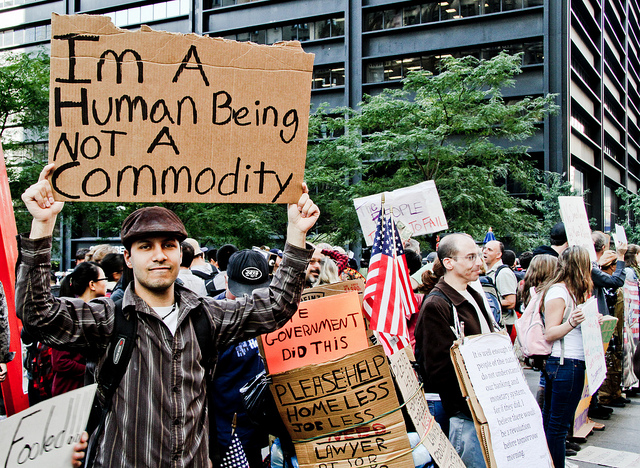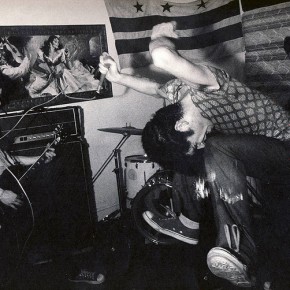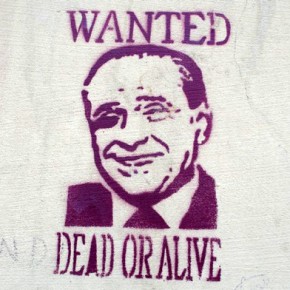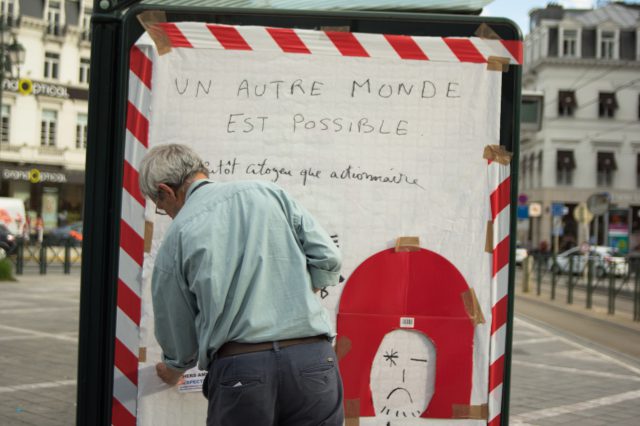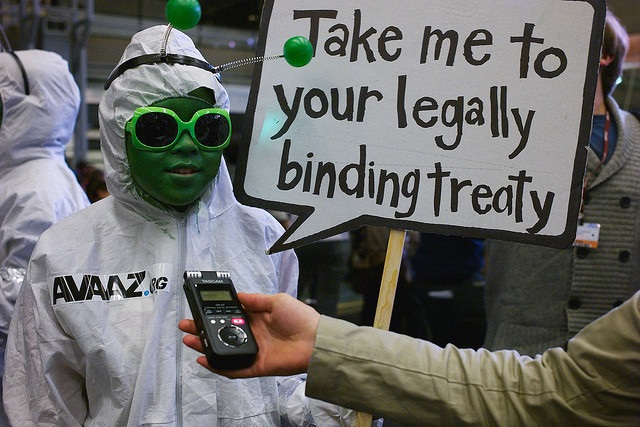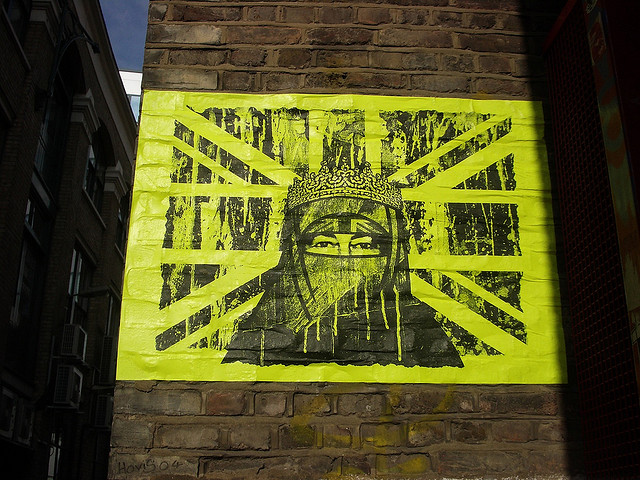Occupy Wall Street has demonstrated that the late Gil-Scot Heron’s 1970 assertion, “the revolution will not be televised,” has been rendered a cliché. Indeed, this revolution is highly televised, and not just live 24/7 on Global Revolution.
In post-WWII America, TV coverage of subversive social or cultural movements—no matter how sympathetic—has been seen as the kiss of death via appropriation. For generations, mass media have leveraged beat, hippy, hip-hop, punk, and rave as easily handled and commodifiable style outlets for social rage in black, Latino, Asian/Pacific Islander, LGBT and marginalized white communities.
Tuesday’s near-instant regroupings of the Occupy movement after a seemingly coordinated multi-city raid on it has proven that the damn thing’s got staying power.
It’s easy to cite the movement’s immensely coordinated online strategy as the reason for its durability. But it might also make sense to point to a couple of boob-tube moments that might have made a difference.
Without being obliged to do so, MTV chose to point its cams at a couple of denizens at Zuccotti Park during week three, as part of its True Life documentary series. Yes, the idea of an “I’m Occupying Wall Street” episode may seem strange in context alongside fare like “I’m a Textaholic” and “I Have a Hot Mom.” But surprisingly, although it doesn’t go terribly deep into the issues, the TL crew present a legitimate snapshot of the moment. It follows two participants of differentiated commitment. There’s the immersed Bryan, heroic lead of the sanitation crew that obviates the rationale of the first attempted purge of the park. Then there’s the more flitty but still genuine Kait, who pops in where she fits in and pops out when the heat turns up. That they’re two middle-class white kids representing a historical movement that’s becoming more and more diverse presents its own set of issues.
But refreshingly, MTV finds no reason in this episode to resort to the kind of confessional hyper-personalization that typifies their more sensationalized reality-TV fare. No-one is shown going back to their apartments or Mom’s house. The whole piece takes place in the autonomous zone that is Occupy. And it shows that the zone requires work: Bryan’s segment literally answers the question of whether someone picks up the trash during the revolution.
Bottom line: although I’m Occupying Wall Street may come off as more a lifestyle report than an explicit manifesto, it’ll likely get more people to the park, where they’re needed.
Of course, the spots for Kmart, Google and HP that riddle this episode bring up the other obvious contextual issue of the televised revolution: does it mean anything surrounded by ads?
New York director David Sauvage turns the question around: why don’t we occupy those too? In his 15 and 30 seconds, Sauvage outmaneuvers MTV by both cramming a range of issues voiced by a much more demographically representative selection of folks into a classically slick commercial format. They’ve already aired on Fox News, History Channel and Bloomberg, and he’s aiming to get them on more…
Occupy Together
Occupy the Streets
Photograph courtesy of kennysun. Published under a Creative Commons license.
